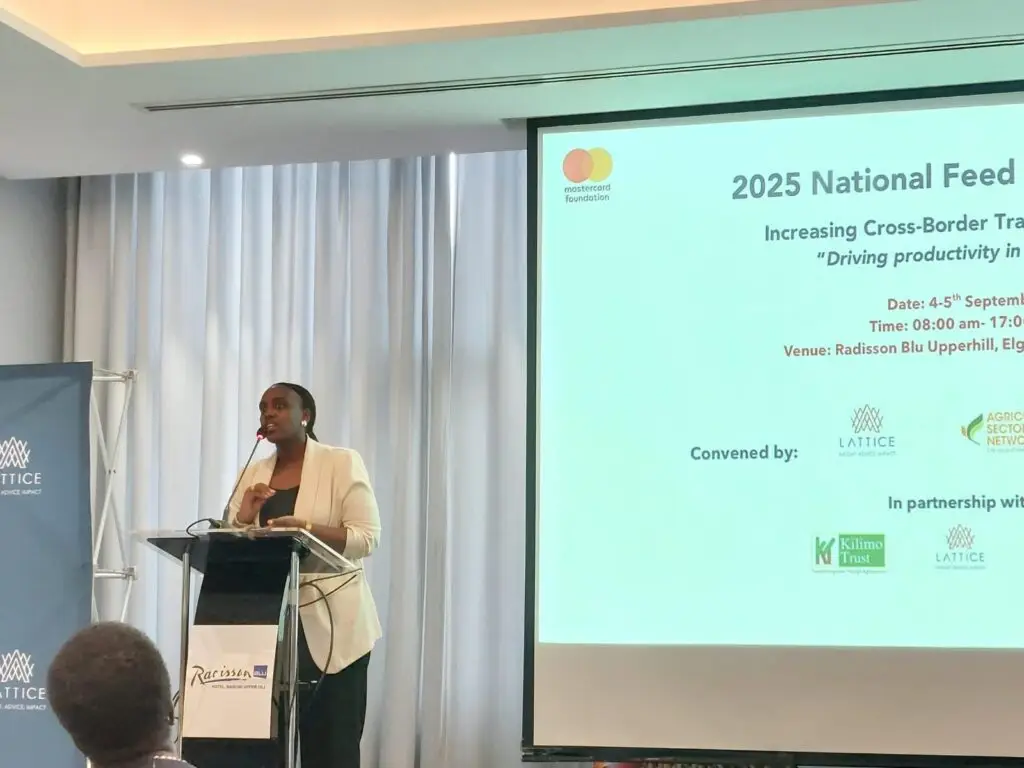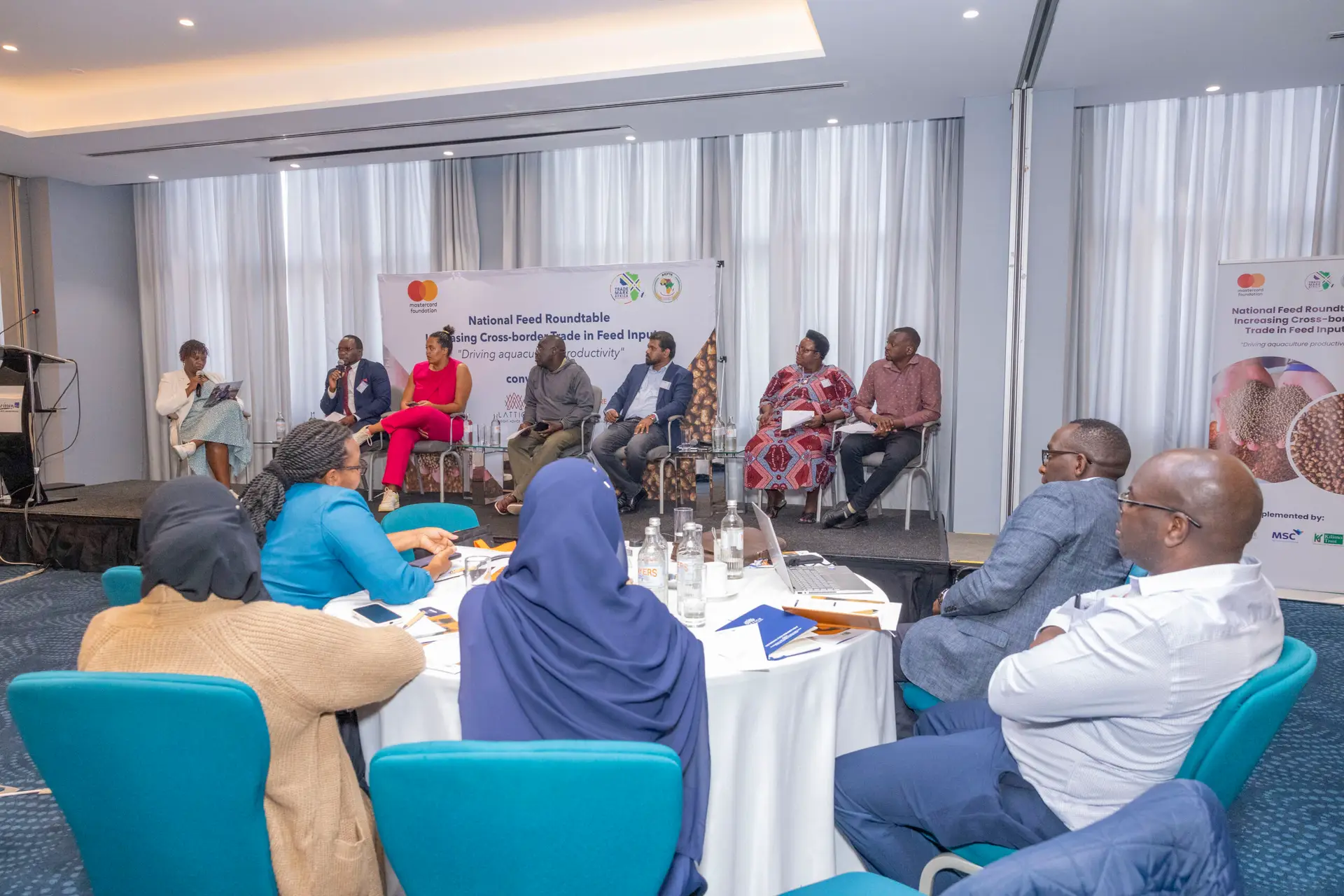Feed remains the biggest cost driver in Africa’s fisheries production, accounting for an estimated 60–70% of total outlays. A two-day (4–5 September 2025) meeting in Nairobi set out a practical plan to bring those costs down while lifting output and standards across the value chain.
The engagement was part of the Women and Youth Economic Empowerment in Fisheries Through Market Access Programme, led by the African Continental Free Trade Area (AfCFTA) Secretariat and TradeMark Africa in partnership with Mastercard Foundation. The event was convened by Lattice Aqua, with participation from programme teams, led by TradeMark Africa’s Director for Business Competitiveness, Anataria Uwamariya.
Participants were drawn from women and youth participants mostly under thirty-five, alongside policymakers, regulators, financiers and established producers, who jointly assessed the full chain from inputs to market. While policy and trade frameworks already provide a basis for regional collaboration, friction at borders and inconsistent application of standards still add time and cost to the trade. Participants called for faster clearance, simpler documentation and consistent enforcement so feed ingredients and finished products can move predictably across the region. The message was about making existing rules work better in practice.

The participants also deliberated about of sustainable fish feeds production, with innovation in inputs featuring prominently. They noted that floating feeds and sustainable protein sources such as black soldier fly, other insects and Azolla have matured from pilot concepts into commercially viable inputs in a growing number of markets. Producers stressed that the economics improve sharply with scale and with better farmer awareness. The major constraints include up-front cost of processing equipment and gaps in technical extension.
Quality and safety remains non-negotiable, with attendees calling for affordable testing closer to production hubs, clearer guidance for small and medium-sized producers and stronger market surveillance to deter dubious practices. Credible compliance, they said, protects both fish health and farmer margins.
Logistics also emerged as decisive for smaller firms. High transport charges, multiple local levies and the cost of working capital can erase gains from better inputs. Practical remedies outlined included supervised offloading to cut losses, outsourcing haulage to professional operators and collective logistics that pool orders to reduce unit costs. Low-cost digital tools to track consignments and inventory were highlighted as a way to cut waste and provide the verifiable data that buyers increasingly expect.
Producers also pointed to handling and storage losses, exposure to climate extremes and the risks of narrow supply chains. Diversifying inputs, expanding cold-chain capacity where appropriate and building knowledge-sharing networks were set out as low-regret steps that strengthen competitiveness and sustainability. Youth entrepreneurship ran through the discussions, with lenders urged to align finance to production cycles and equipment lifetimes.
The fisheries programme underpinning the engagement is a five-year initiative that seeks to create more than 242,000 decent jobs, open market access, strengthen business skills and ensure equitable participation by women and youth.


